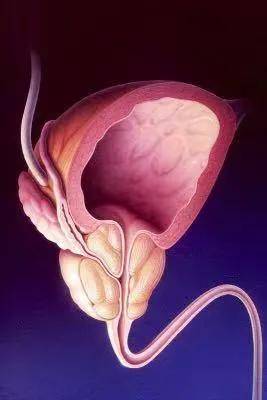Younger brothers, eggs, chrysanthemums, prostate… men often have an instinctive aversion and neglect towards their lower bodies. Of course, the most “isolated” places are also the easiest to give rise to rumors and misconceptions.
The deepest part of a man, of course, is his unique prostate. 👀
△ The prostate is an accessory gland of the male reproductive system, an unpaired solid gland located between the bladder and the urogenital diaphragm, surrounding the base of the urethra. Its shape and size resemble a slightly flattened chestnut.
Compared to women, men are more sensitive and reluctant to discuss health issues. Lonely men often discover certain problems in the restroom and then secretly open Baidu, searching for answers from online doctors. Looking at the black and white responses, eight out of ten are terrifying, and the remaining two are from those who have been through it…
The causes of prostate-related diseases are related to prolonged sitting, diet, smoking, alcohol consumption, and sexual life.
Prostatitis, benign prostatic hyperplasia… the older you get, the more likely you are to be affected.
Unlike other conditions, prostate cancer is more severe and closely related to genetics. For example:
We all have a gene called BRCA2, which belongs to tumor suppressor genes. It encodes proteins that are involved in cell DNA damage repair, transcription regulation, and chromatin construction, ensuring normal cell proliferation and apoptosis, playing a crucial role in maintaining the stability and integrity of the normal genome.
When the BRCA2 gene mutates, it leads to abnormalities in the corresponding repair functions, triggering prostate cancer.
Prostate cancer is a common malignant tumor of the male urinary system, with an increasing incidence rate year by year. Although it primarily affects men over 60, its development cycle is generally 10 to 20 years; early-stage prostate cancer shows no obvious symptoms. However, if long-term symptoms such as frequent urination, urgent urination, painful urination, incomplete urination, urinary incontinence, hematuria, hematospermia, pain during ejaculation, erectile dysfunction, lower limb swelling and weakness, or numbness and pain in the pelvis or lower back occur, the risk of prostate cancer increases significantly with four or more of these symptoms.


